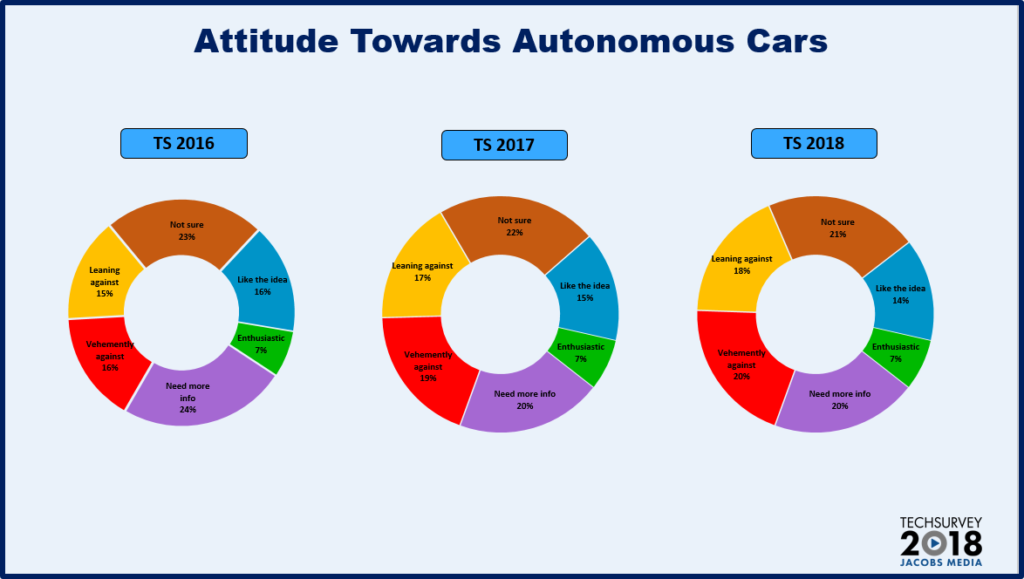
After World War I broke out in 1917, 32 Air Service training camps were set up in the U.S. One of these – Selfridge Field – was established during this era, eventually earning the label, Selfridge Air National Guard Base as it’s known today.
It’s located near Mount Clemens, Michigan, a city in Metro Detroit. Many Michiganders have visited Selfridge, either for service or for air shows. It has a proud history and is truly a U.S. icon.
But what many don’t realize is how Selfridge got its name. Not surprisingly there was a guy named Selfridge – 1st Lieutenant Thomas E. Selfridge. He was assigned to aeronautical duty way back in 1908 when aviation was about as experimental as Virtual Reality is today. Selfridge had interned for Alexander Graham Bell, and was flying as a passenger with Orville Wright in 1908 when their plane went down. Of course, the famous Wright brother survived, but Selfridge wasn’t as lucky.
That made Selfridge the first person to lose his life in a powered aircraft. It’s fascinating they named this air base after him, but that’s an indication the fledgling industry was confident in its pathway to becoming a mainstream form of transportation – despite the setbacks, the doubts, and the cynicism about flight.

Now if there had been cable news and social media back then, it’s safe to say there would have been much ado and controversy about the future of aviation because of Selfridge’s death. After all, here’s a solider killed in the line of duty, flying with the man who would go on to become the co-father of air travel.
But the experiments went on, and ironically, I’m writing this blog post at 35,000 feet on my way to the West Coast, using Gogo internet on a Boeing 737-900ER jet owned by Delta Airlines.
So, what does this story have to do with technology and innovation today?
Well, you know doubt heard the story of the Arizona woman run down by an autonomous car last week in Tempe, Arizona. The Uber vehicle could not react when she stepped out into the street in dark conditions, in spite of the fact there was a live “driver” in the Volvo SUV that hit her. Since the accident, Uber has suspended their autonomous program.
And many are happy about that, pointing to this accident as proof positive this technology isn’t safe nor ready for prime time. Like powered flight, autonomous mobility is not an easy technology to master, and this sad incident is proof.
Automakers and technicians will tell you that for 99% of traffic conditions, self-driving cars are safer than you or me manually driving a car or truck. It’s that small percentage of unexpected circumstances where there is need for improvement. And of course, those are the same conditions when humans get themselves into road accidents as well.
That didn’t do 49 year-old Elaine Herzberg much good – or her family. Like Thomas Selfridge, she may become sadly famous for being the first person ever to be killed by a self-driving vehicle.
And her death has triggered a rash of editorials and opinion pieces about how autonomous technology isn’t ready. IOL writer Christian Wolmar referred to these vehicles as “driverless deathtraps,” suggesting we hold onto our car keys because this technology will never be ready.
Closer to home, AZ Central’s Phil Boas reminded his Arizona readership: “Every day we take a chance with technology that could mean curtains for us.”
Of course, Boas also pointed out the approximately 40,000 people in the U.S. who die every year in car-related accidents, caused by people and not driverless cars.
Some criticize Uber’s technology – including Waymo CEO John Krafcik – who expressed confidence one of his autonomous cars would have “handled that situation.” Waymo is the Google spinoff that is now deeply ensconced in the autonomous space.
And many consumers are seriously skeptical about this technology – a perception that perhaps became even stronger after Herzberg’s untimely meeting with that Volvo XC90 SUV.
Here’s a brief look at trending from our last three Techsurveys (including the newest edition that will be presented at the Worldwide Radio Summit in L.A. in May). We’ve asked consumers about their attitudes toward this technology. And as the chart below shows, they certainly aren’t moving in a more positive direction over time.

A look at the blue slices – those who say they “like the idea” of autonomous cars – is actually leaking air, going gradually down with each passing year.
And that speaks to the job technology companies like Google, and automakers like Ford and Toyota will have to do to reassure the public about the future safety of this new mobility platform.
I know some radio operators may have breathed a sign of relief when the news broke about this autonomous driving setback. Human drivers who must keep their eyes on the road and their hands on the wheel have always been good candidates for in-car radio listening. Many of the autonomous concept cars we saw this year at CES were equipped with video screens, assuming passengers will be busily watching video and checking email while commuting to work.
But here’s a prediction. This tragedy in Arizona may slow down Uber, and perhaps inject more caution into the myriad other players in the autonomous space. But it will do nothing to dampen the enthusiasm of the companies investing in this technology, in many cases, partnered with cities, states, and municipalities eager to bring cutting edged mobility to their environs.
You can’t stop innovation. I expect to see even more autonomous exhibits next year at CES 2019. There is a momentum behind this technology that will not be deterred any more than the Space Shuttle program was scrapped after the Challenger tragedy.
It is all-American to forge ahead with technology and innovation, even in the face of setbacks. And who knows? Maybe one day your grandchildren will visit the Herzberg Museum of Autonomous Cars in Tempe.
Until then, eyes on the road and keep the radio on.
- Can Radio Win “The Last Touch/First Touch Challenge?” - April 4, 2025
- How Will Radio Fare In The Battle For The Fourth Screen? - April 3, 2025
- Like A Pair Of Old Jeans - April 2, 2025




A sensible common-sense article, spoiled by the weak attempt and tone-deaf humor by the headline writer. Ask the victim’s family what they think of her being referred to as a “speed bump.” Of course that wasn’t your intention, but as broadcasters you know the drill regarding stepping back and taking a look (or a listen) before hitting “send.”
Tony, I get the credit and the blame – I wrote the post and the headline. And while I understand how you read it, FWIW that’s not how I wrote it. The term “speed bump’ was not in reference to poor Elaine Herzberg, but to the term the is both automotive but also signals a snag in progress. Sorry it offended, but it was not meant to do so.
From the people that brought us the TEXAR Prism, three letters that could rock our world: EMP.
https://www.thebdr.net/articles/ops/shop/MS-EMP.pdf